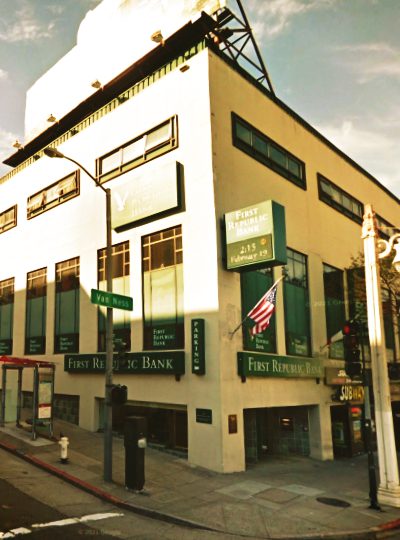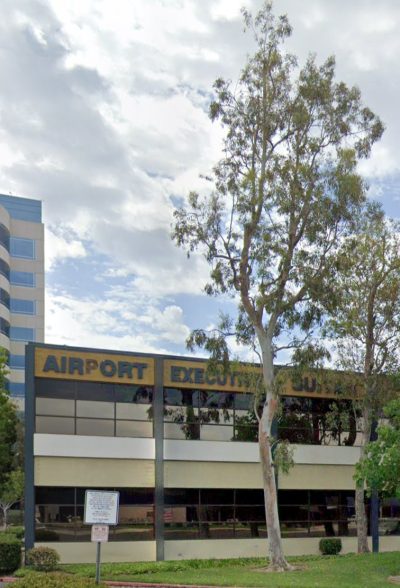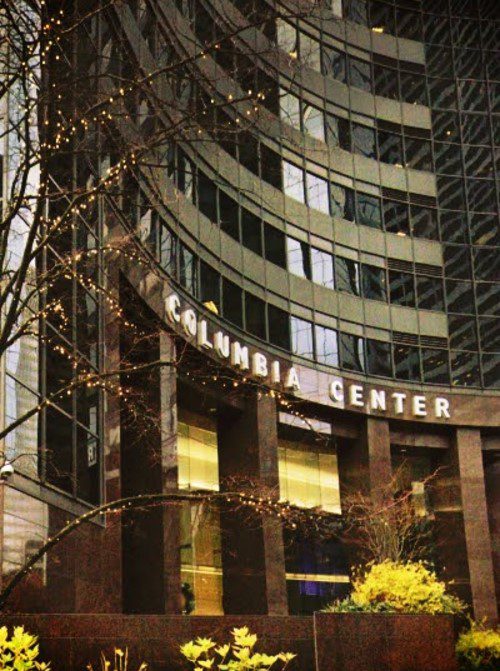In return for the US Department of Justice’s promise not to prosecute them, well over 100 Swiss banks have agreed to closely review and disclose identifying information on every US person who held an account at their bank at any point from August 1, 2008 to present.
This disclosure of US account-holder information includes closed accounts.
The inclusion of closed accounts (known colloquially as ‘leaver lists’) represents a startling expansion in the scope and success in the US’ ongoing crackdown on Swiss banks. Prior US and DOJ enforcement efforts had typically focused on one bank at a time, and had most often allowed the banks to alert their current US account holders and encourage them to flee to smaller institutions. Those days of Swiss banking whack-a-mole are at an end.
What has this all meant for US clients of Swiss banks?
Typically, this Swiss bank disclosure process manifested itself as a series of mysterious mailings to last-known addresses, with further mailed, emailed and sometimes phone call follow-ups of increasing urgency. In order to save themselves from penalties equal to 20-50% of the US persons’ accounts, these Swiss banks must show that the US account holder has already entered the IRS’ IRS’ Offshore Voluntary Disclosure Program (OVDP). The urgency, quite clearly, is related to their desire to prove that their clients have disclosed, thereby savings themselves (for an utterly typical $1 million private wealth account) anywhere from $200,000 to $500,000.
For once, however, the interests of the Swiss banks and their US taxpayers/undisclosed account-holders should be largely aligned. The reason? It is also in the best interest of most US taxpayers to enter OVDP. Waiting rather than taking action, as is becoming increasingly clear, is no solution at all.
According to pre-eminent tax crimes attorney Jack Townsend, the list of banks affected by the Department of Justice’s program (whether as non-participating ‘criminal’ banks, or as participating Categories 2-4 banks subject to varying deadlines) include:
| Swiss Bank | Category |
| Aargauische Kantonalbank | 2 |
| acrevis Bank AG | 4 |
| AEK Bank 1826 | 4 |
| Appenzeller Kantonalbank | 4 |
| Baloise Bank SoBa | 3 |
| Bank am Bellevue | 3 |
| Bank Coop AG | 2 |
| Bank Frey | Criminal |
| Bank Hapoalim (Switzerland) | Criminal |
| Bank Julius Baer | Criminal |
| Bank Leumi (Switzerland) | Criminal |
| Banque Cantonale de Fribourg | 2 |
| Banque Cantonale de Genève | 2 |
| Banque Cantonale du Jura | 2 |
| Banque cantonale du Valais | 2 |
| Banque Cantonale Neuchâteloise | 2 |
| Banque Cantonale Vaudois | 2 |
| Banque Privee Edmond de Rothschild | 2 |
| Barclays Bank (Suisse) SA | 2 |
| Barclays Bank plc Geneva Branch | 2 |
| Basellandschaftliche Kantonalbank | 2 |
| Basler Kantonalbank | 3 |
| Baumann & Cie | Criminal |
| Berner Kantonalbank | 2 |
| BSI Group | 2 |
| Cembra Money Bank AG | 2 |
| Cornèr Banca SA | 2 |
| Credit Suisse AG | 3 |
| Edmond de Rothschild Group | 2 |
| EFG International AG | Criminal |
| Glarus Bank | 2 |
| Goldman Sachs (Swiss Unit) | 2 |
| Graubündner Kantonalbank | 2 |
| HSBC Private Bank (Suisse) | 2 |
| Hyposwiss Privatbank Zurich AG | 4 |
| Hyposwiss Private Bank Geneve SA | 2 |
| Liechtensteinische Landesbank (Switzerland) Ltd. | 2 |
| Linth Bank | Criminal |
| Lombard Odier & Cie. | 2 |
| Luzerner Kantonalbank | 2 |
| Maerki Baumann AG | 2 |
| Migros Bank AG | 2 |
| Mizrahi-Tefahot (Switzerland) | Criminal |
| Morgan Stanley (Swiss Unit) | 2 |
| Neue Zürcher Bank | 2 |
| Nidwaldner Kantonalbank | 2 |
| Notenstein Privatbank Ltd. | 2 |
| Obwaldner Kantonalbank | 2 |
| Pictet & Cie | 2 |
| Piquet Galland & Cie SA | 2 |
| Post Finance | 2 |
| Rahn & Bodmer | 2 |
| Raiffeisen | Criminal |
| Rothschild Bank AG, Zurich | Criminal |
| Saanen Bank | 2 |
| Schaffhauser Kantonalbank | 3 |
| Schroder & Co Banque SA | 4 |
| Schwyzer Kantonalbank | Criminal |
| St. Galler Kantonalbank | 2 |
| Ticino Cantonal Bank | 2 |
| Trafina Privatbank | 2 |
| Union Bancaire Privee | Criminal |
| Valartis Bank (Switzerland) | 3 |
| Valiant Holding AG | 2 |
| Vontobel Holding AG | 2 |
| VP Bank (Switzerland) | 2 |
| Walliser Kantonalbank | 2 |
| Zuger Kantonalbank | 2 |
| Zürcher Kantonalbank | 2 |
Those curious to learn the actual rules of this Swiss banking disclosure program won’t go away empty-handed from this post. Offered here for your edification is the operative program rules in the form of a DOJ-issued document, formally-titled “Program for Non-Prosecution Agreements or Non-Target Letters for Swiss Banks.” What the reader quickly notes is a remarkably thorough and demanding set of terms in return for amnesty from US prosecution:
Program for Non-Prosecution Agreements or Non-Target Letters for Swiss Banks
After a review of the program terms, a variety of notable details emerge, including:
– The program is is not amnesty for the banks’ US account-holders, but rather is amnesty for the banks themselves. Indeed, by gaining the cooperation of the Swiss banks, it is now US taxpayers that are in the DOJ’s gunsights.
– 14 Swiss banks (referred to in the chart as the ‘criminal’ banks) are ineligible for the program based on their prior egregious conduct. All other Swiss banks are given – by this disclosure program – one chance to come clean. The clear message: the US DOJ will very likely prosecute those banks that do not cooperate and whom they later determine engaged in criminal conduct:
Further Guidance
After allowing a reasonable period of time for head-scratching and follow-up questions from the Swiss banks puzzling about the program’s obviously ad hoc rules, the Department of Justice issued a follow-up round of guidance available here:
Comments on Program for Non-Prosecution Agreements or Non-Target Letters for Swiss Banks
A Clear and Final Warning for US Taxpayers
For US individuals with an undisclosed foreign account, now is the time for action. Call (415) 745-1924 to speak immediately with experienced Offshore Voluntary Disclosure Program tax attorney Andrew L. Jones. You will receive an immediate, free, thorough, and completely confidential consultation. We are available by phone nationwide or in person at your choice of 6 different offices throughout California. We answer your calls from 8 am-9 pm Pacific, 7 days a week. After hours, please leave a message or visit our contact form and we will reply the next morning.







